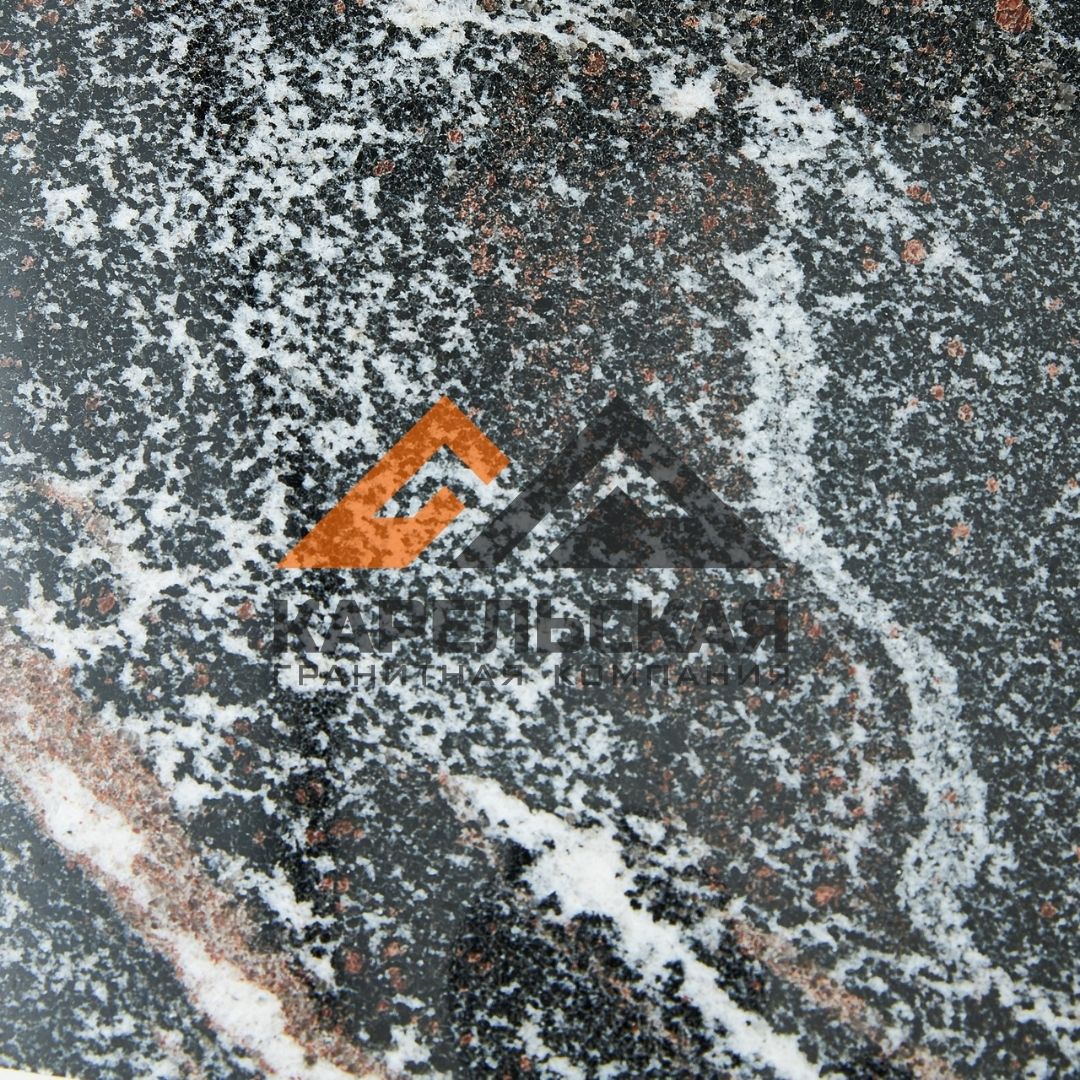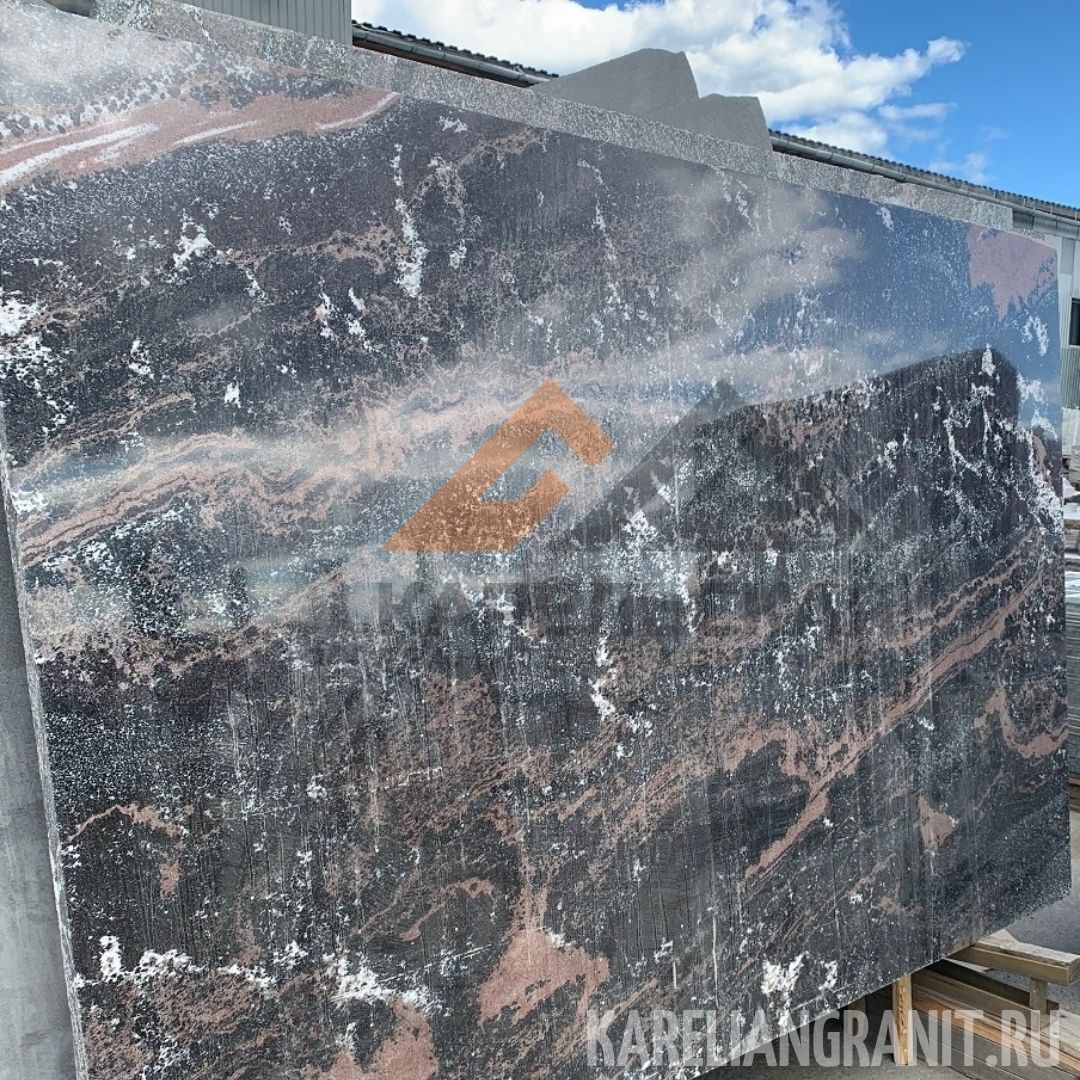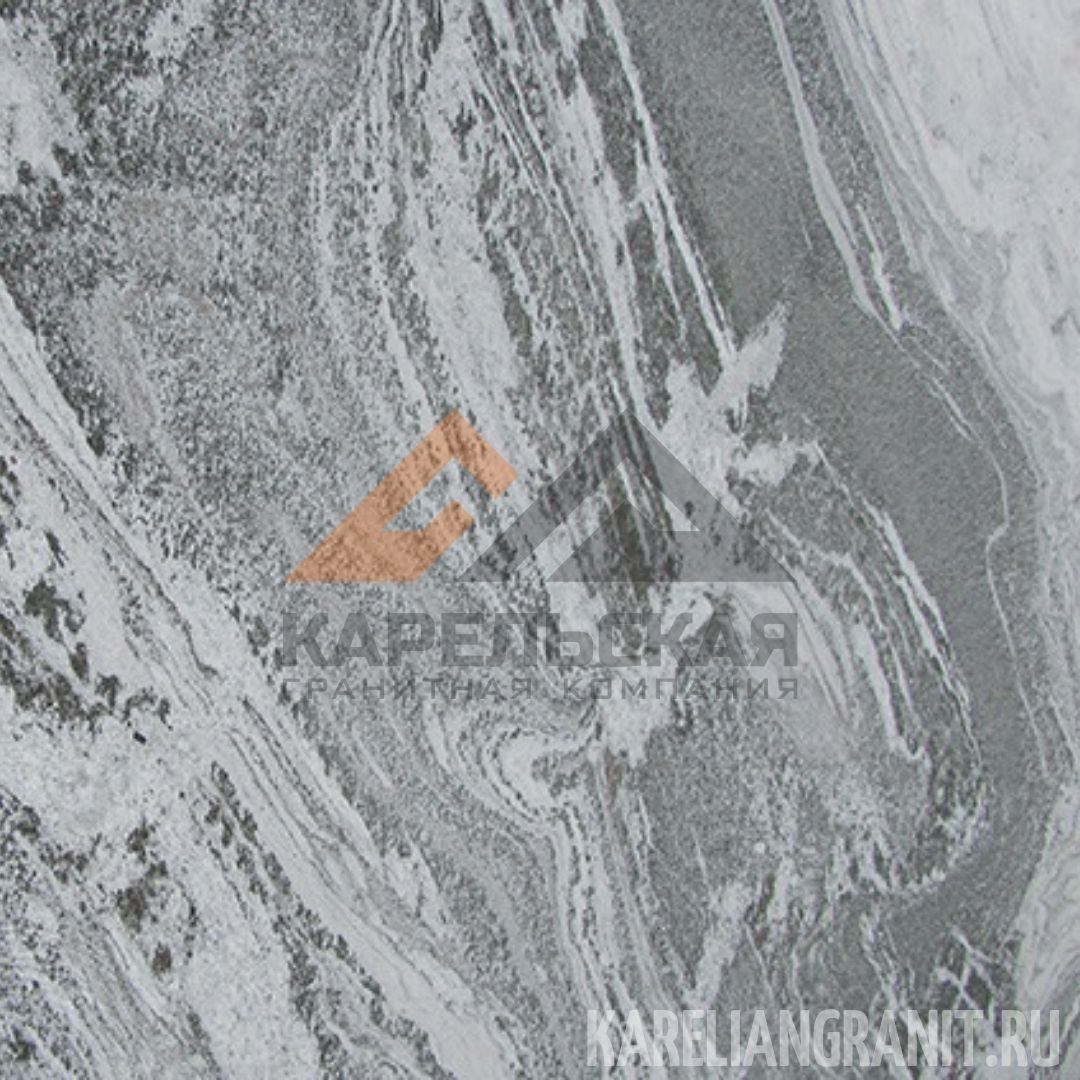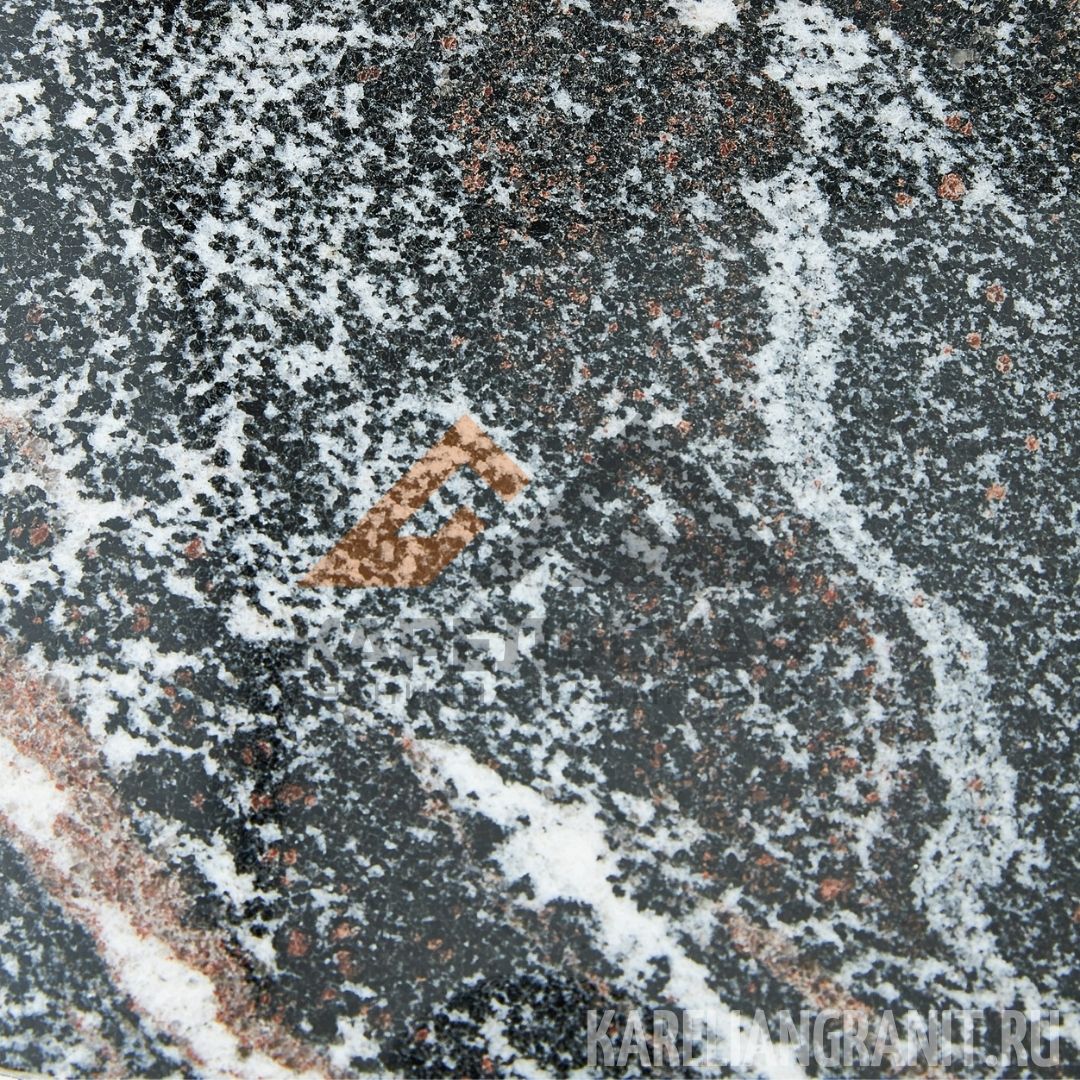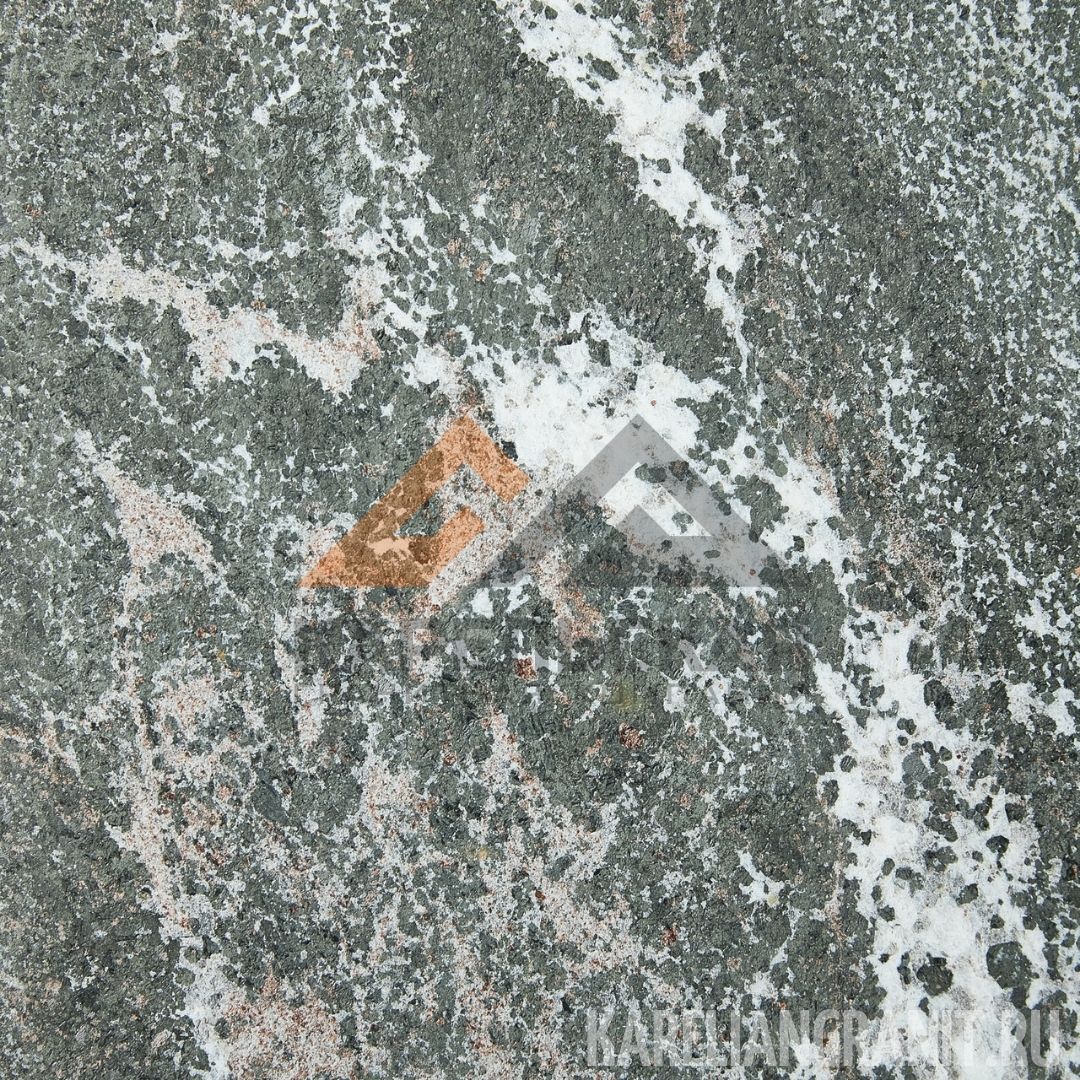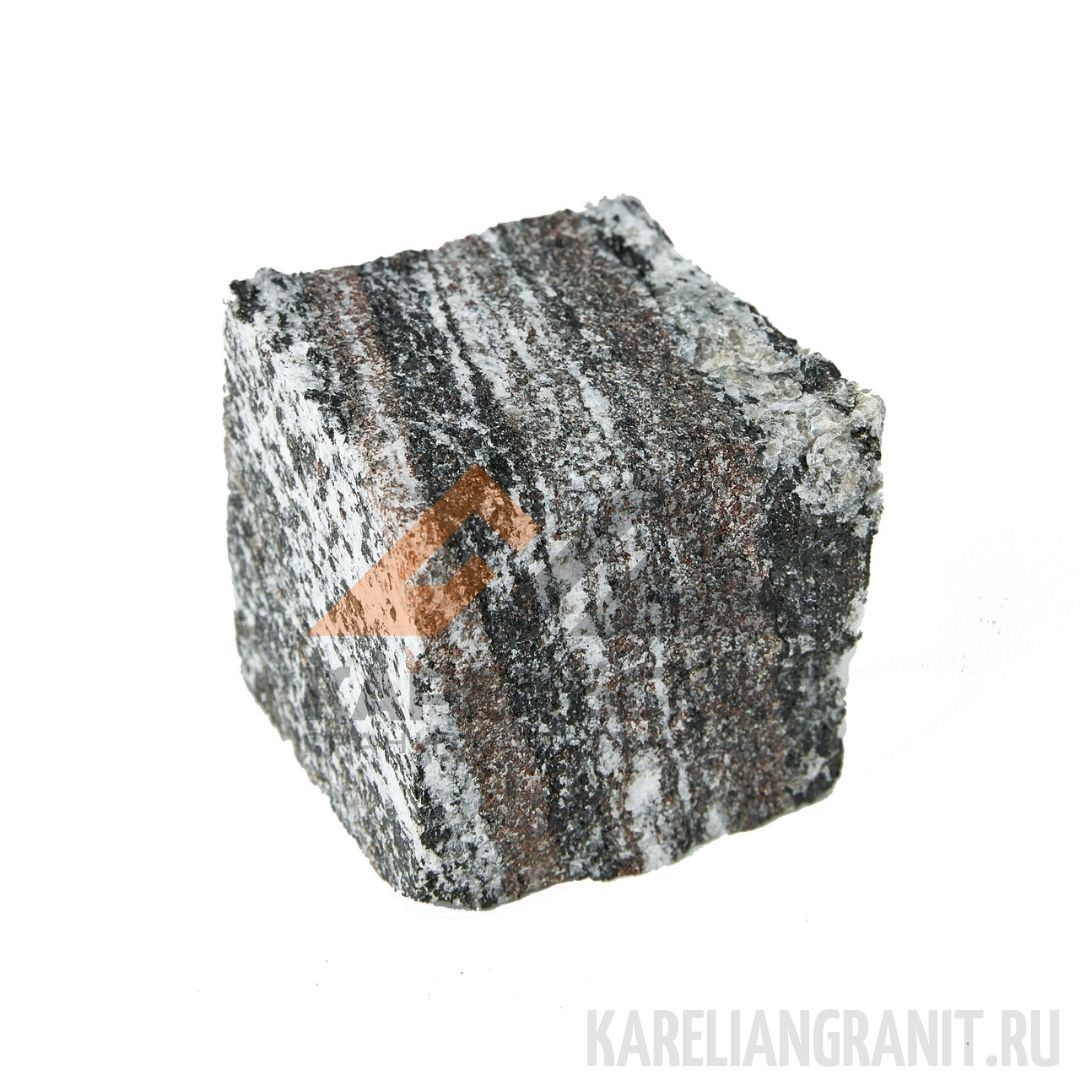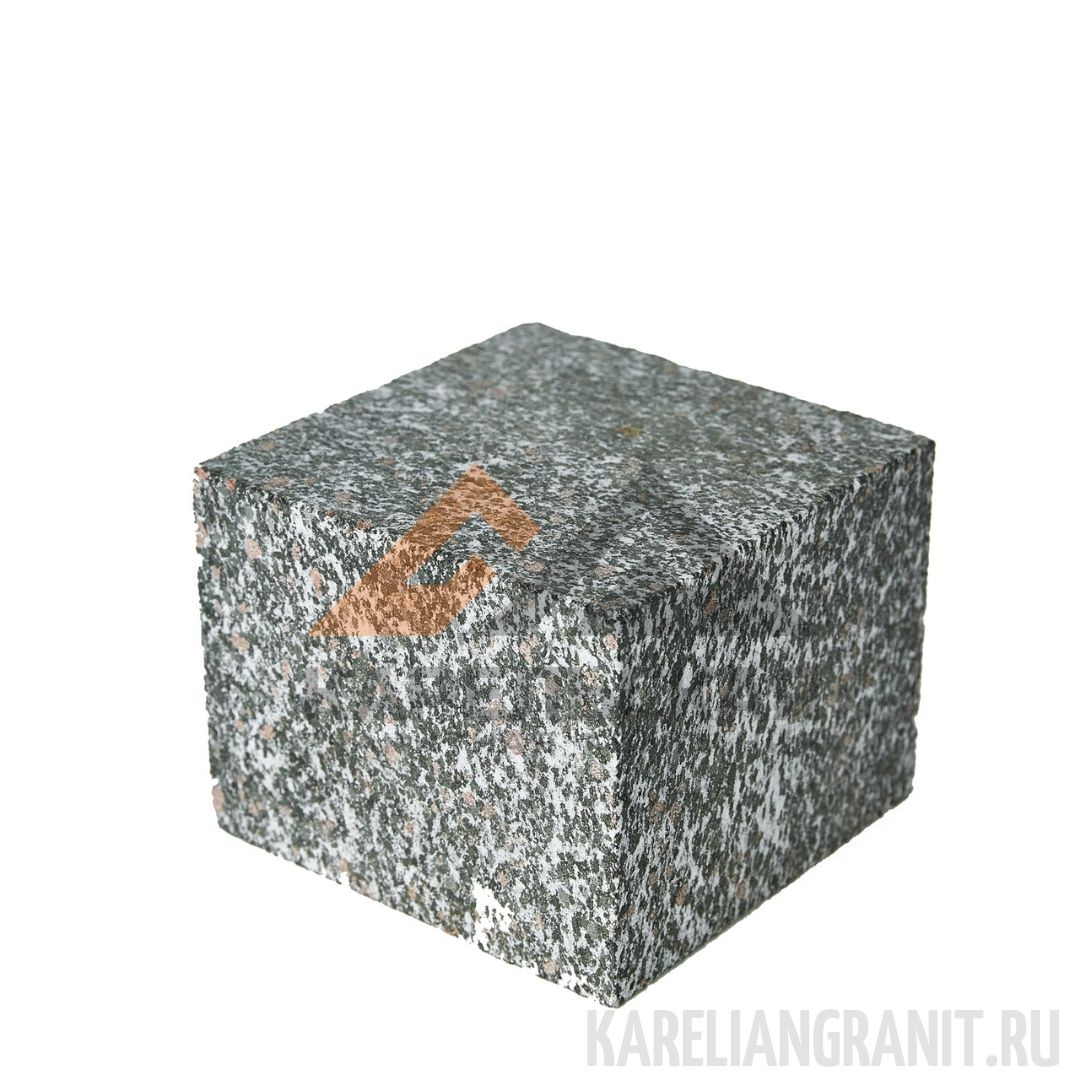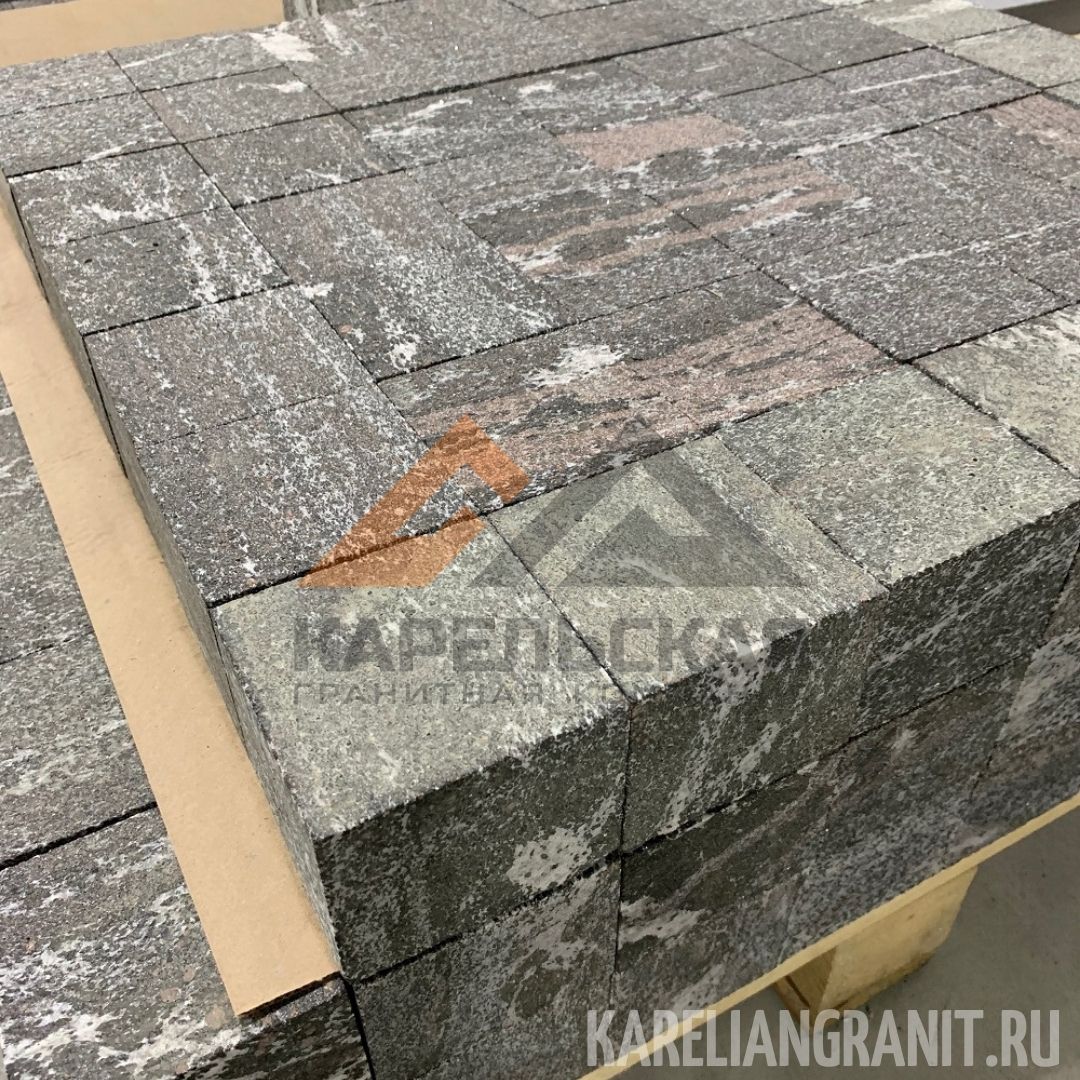Garnet amphibolite deposit
Amphibolite, amphibole — from the ancient Greek “ambiguity”, “uncertainty”. It is believed that this name appeared because our ancestors could not finally understand its composition. In our time, we already know that in addition to amphibole, garnet amphibolite has in its composition a semiprecious garnet stone. In the old days, garnets were called embers. It was believed that this stone “cheers the heart”, gives cheerfulness and optimism. It gives the possessor power over people.
Garnet amphibolite is extracted in the “Nigrozero” deposit, in the Louhi district.
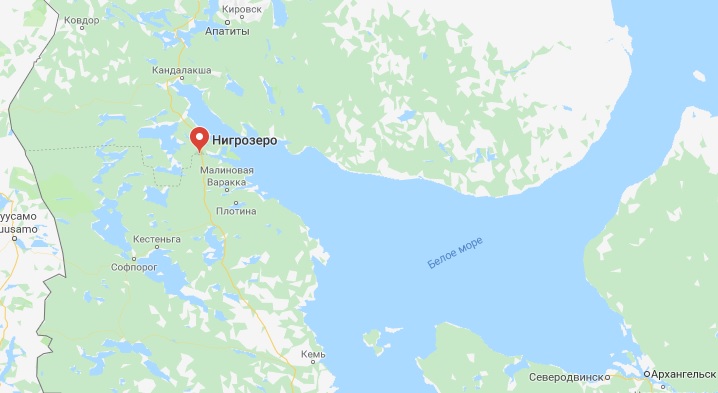
Mining is carried out in an open way with the help of rope sawing technology. Hence the high quality and good dimensionality of the blocks. Low risk of man-made cracks.
Previously, the annual production volume was up to 3000 m3. This is relatively small, so the work was carried out only during the season. Due to this, the stone was considered quite exclusive. For example, a comparable volume of Karelian gabbro is produced in less than one month.
To date, the popularity of amphibolite has grown significantly, so mining is carried out all year round.
Characteristics garnet amphibolite
Granite has a mottled-striped color, with a predominance of black color and a fine-grained structure.
The structure of the veins and inclusions of amphibolite has a directional character. Therefore, it is extremely important to choose the right direction of cutting.
Cutting across the veins is called “cross-cut”, cutting along is called “vein-cut”.
We recommend cutting Garnet Amphibolite “cross cut”, then the pattern will be uniform along the entire length of the slab.
In the future, this will give the product a harmonious and elegant look.
In addition to the “usual” garnet amphibolite, its subspecies is extracted within the boundaries of the “Nigrozero” deposit, with an abundant inclusion of white minerals.
It has the commercial name “Ice-Tundra”.
Physical and mechanical properties garnet amphibolite
Amphibolite products are highly resistant to various types of damage, due to high strength indicators.
The density of the rock is 2830-3370 kg / m3. This allows us to speak about low porosity. Such products will not let water or dirt get deep inside. This also guarantees long-term operation.
Garnet amphibolite has a fairly decent frost resistance index, at least 100 cycles, possibly more, but the experiment was not carried out further.
The abrasion resistance is 0.41 g / cm2. The radioactivity is Class 1, which means that it is safe for indoor and outdoor use.
Types of processing
Polishing
Sawing
Thermo
Areas of Application
Due to its unique color, the stone is rightfully considered highly decorative. In this regard, it is very much appreciated among designers and architects.
And given its physical and mechanical properties, we can say that it is ideal for the production of any products. Therefore, garnet amphibolite has found wide application in construction and in the ritual sphere.
Possible products made of garnet amphibolites include the following:
- Facing tiles garnet amphibolite
- Paving slabs garnet amphibolite
- Ritual monuments and gravestones
- Countertops Architectural forms (balls, vases, balusters)






